The haunting beauty of Namibia's Deadvlei under a star-studded sky has long captivated astrophotographers. Among the most sought-after celestial compositions here is the Milky Way arching over the skeletal camelthorn trees, creating a surreal bridge between Earth and cosmos. Mastering the calculation for this galactic arc requires understanding celestial mechanics, precise timing, and the unique topography of this UNESCO World Heritage Site.
Deadvlei's otherworldly landscape provides the perfect foreground for Milky Way photography. The white clay pan, jet-black trees, and rust-red dunes create a stark contrast that amplifies the celestial drama above. What makes this location extraordinary for capturing the galactic arch is its position in the Southern Hemisphere, combined with exceptionally dark skies. The Milky Way core appears nearly overhead during certain seasons, allowing photographers to create compositions where the galaxy appears to cradle the entire scene.
The mathematics behind the perfect arch begins with understanding the Milky Way's apparent movement. Our galaxy doesn't actually form an arch - this curvature is a perspective effect created by the spherical nature of our field of view. At Deadvlei, the galactic center reaches about 60-70 degrees above the horizon during peak visibility months (April through October). To create that perfect arch composition, photographers must calculate the precise moment when the Milky Way's orientation aligns perpendicular to the iconic tree line.
Seasoned astrophotographers use specialized software to predict the Milky Way's position, but field-tested techniques remain invaluable. The 500 Rule helps determine maximum exposure time before stars begin to trail (500 divided by your lens' focal length). For arch shots, this becomes critical as longer exposures reveal more galactic detail but risk smearing the precise arch formation. Most photographers opt for exposures between 20-30 seconds when using wide-angle lenses between 14-24mm.
Lens selection dramatically affects how the arch appears in final images. Ultra-wide lenses (14-16mm) can capture more of the arc in a single frame but may distort the trees. Moderate wide-angles (20-24mm) provide more natural perspective but require panoramic stitching to show the full arch. The sweet spot for many professionals is an 18mm lens, which balances distortion with sufficient field of view to capture about 120 degrees of the arc before needing to stitch.
The moon phase calculation is equally crucial. While moonlight can illuminate the dead trees beautifully, it washes out the Milky Way. The ideal window falls during new moon phases when the galactic core is visible. However, some photographers creatively use crescent moons positioned behind dunes to silhouette the trees while preserving galactic detail. This requires precise timing - typically within 45 minutes of moonrise or moonset when the moon is less than 15% illuminated.
Advanced practitioners employ spherical trigonometry to predict the arch's curvature. By knowing their latitude (-24.7609° for Deadvlei), the Milky Way's declination (-60° for the core), and using the formula: Arch Height = 90° - |Latitude - Declination|, they can determine the arc's apex will appear around 65° above the horizon. This mathematical approach helps plan compositions days in advance.
Weather patterns add another layer of complexity. The Namib Desert's coastal fog (locally called "malgas") can either ruin a shoot or create magical diffusion effects. Successful photographers monitor humidity levels and wind direction - eastern winds typically mean clearer skies. The best conditions often occur after midnight when ground temperatures equalize with the cold Benguela Current air, reducing atmospheric turbulence that can blur fine galactic details.
Post-processing techniques complete the galactic arch illusion. Skilled editors use cylindrical projection in stitching software to maintain the arc's natural curve across multiple frames. Careful gradient masks help balance the extreme dynamic range between the bright Milky Way core and dark foreground. The final touch involves subtle dodging to enhance the arch's three-dimensional appearance, making it seem to vault over the landscape rather than lie flat against the sky.
What emerges from these calculations is more than technical mastery - it's an intimate dance with the cosmos. The Deadvlei trees, dead for over 600 years, become silent witnesses to our galaxy's grand architecture. When all elements align - precise timing, meticulous planning, and artistic vision - the resulting photograph doesn't just document the Milky Way; it frames the eternal conversation between our planet's ancient landscapes and the starry river flowing overhead.
For those willing to undertake this photographic pilgrimage, the rewards transcend the image itself. Standing alone in the desert night, calculating angles and exposures while the Milky Way wheels overhead, one becomes part of an ancient human tradition - mapping our place in the universe through the marriage of mathematics and wonder. The dead trees may never again bear leaves, but in these photographs, they blossom with starlight.

By /Jun 5, 2025
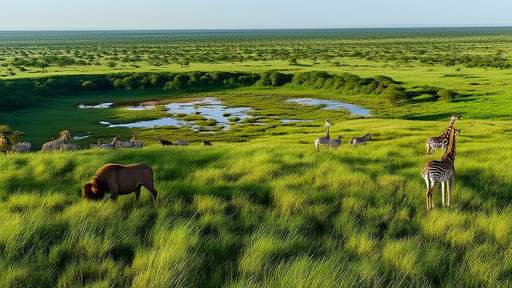
By /Jun 5, 2025
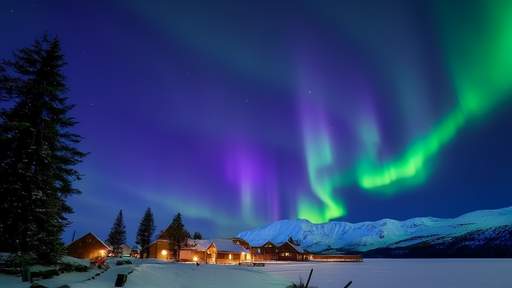
By /Jun 5, 2025

By /Jun 5, 2025

By /Jun 5, 2025

By /Jun 5, 2025

By /Jun 5, 2025
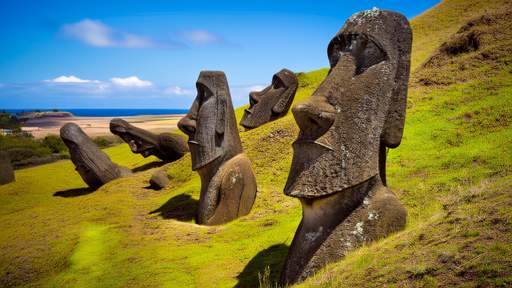
By /Jun 5, 2025

By /Jun 5, 2025

By /Jun 5, 2025
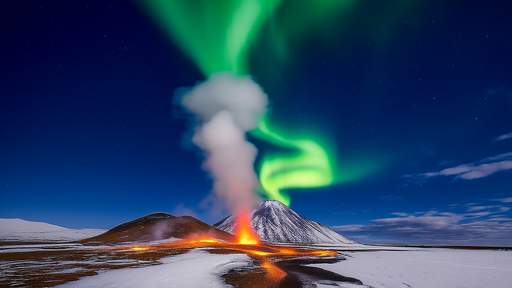
By /Jun 5, 2025

By /Jun 5, 2025
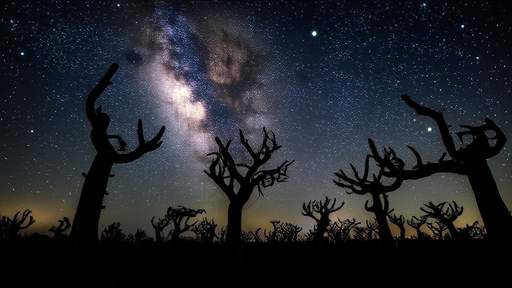
By /Jun 5, 2025
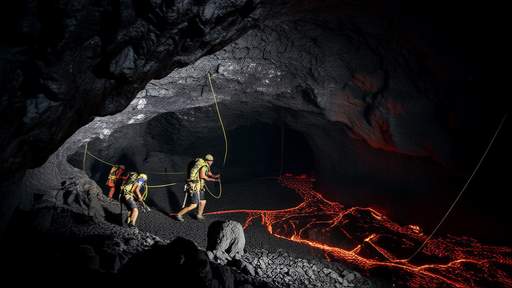
By /Jun 5, 2025

By Victoria Gonzalez/Jun 4, 2025

By Grace Cox/Jun 4, 2025

By Sophia Lewis/Jun 4, 2025

By Elizabeth Taylor/Jun 4, 2025

By Megan Clark/Jun 4, 2025

By Megan Clark/Jun 4, 2025